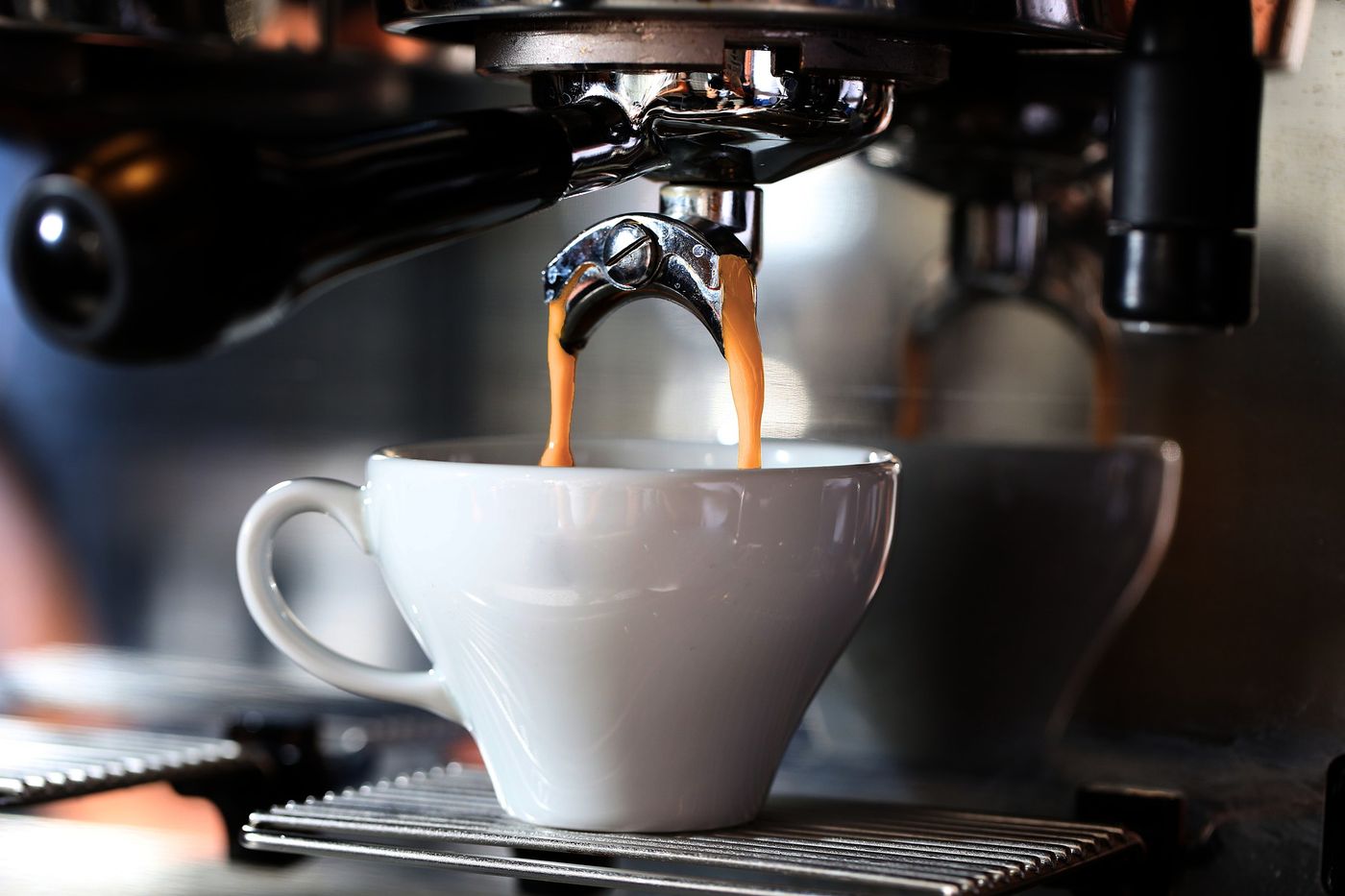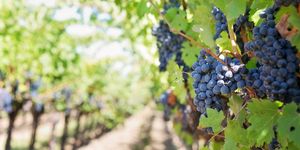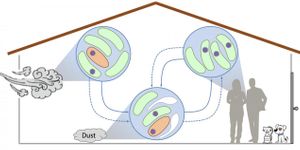Espresso, Scientifically
Everyone has their preferred way to make a cup of coffee, but for those who wish to become the master of espresso, now there's a highly scientific way to do it.
An international team, led by mathematics researchers at the University of Oregon, reported that they have not only developed an espresso-brewing model with unprecedented predicting power, but also conducted a series of experiments to verify that their optimized method produces the most consistent cup of joey using significantly less ground.
Espresso is a popular coffee brewing method that originated from Italy. During the process, a small amount of nearly boiling water is forced through the densely packed, fine coffee ground to yield a cup of highly aromatic and concentrated coffee. The resulted beverage often has three dispersed phases: an emulsion of lipid droplets, tiny undissolved solids suspended in coffee, and a layer of foam.
The coffee pioneers wanted to isolate some of the variables that are traditionally known to the brewing process, including human factors. But much to their surprise, two other variables, the particle size of the grind and water pressure, were found to play a bigger role in terms of brewing reproducibility.
Christopher Hendon, an assistant professor in computational material chemistry and a senior author behind the study commented on their finding in a press release: “Most people in the coffee industry are using fine-grind settings and lots of coffee beans to get a mix of bitterness and sour acidity that is unpredictable and irreproducible.”
“It sounds counterintuitive, but experiments and modeling suggest that efficient, reproducible shots can be accessed by simply using less coffee and grinding it more coarsely,” he added.
After conducting a significant amount of modeling (and taking many of the caffeinated shots), the researchers' work led an optimized brewing procedure that uses a coarser grind, less water, and a smaller amount of ground. Using this method, they were able to achieve much improved consistency between each brew.
Since their brewing method decreases the mass of coffee per espresso by up to 25% without comprising on flavor, the scientists hope that their protocol can be widely adopted so that our coffee-loving society can have a more sustainable future.
This study is published in the journal Matter.
Coffee and Computational Chemistry | Chris Hendon (UOregon)
Source: ZME Science









